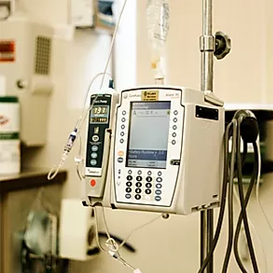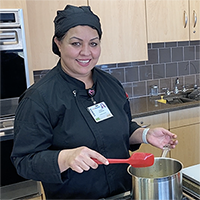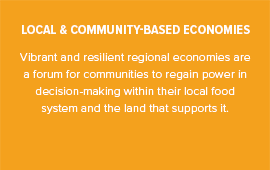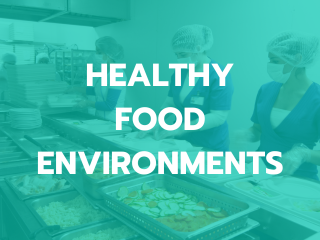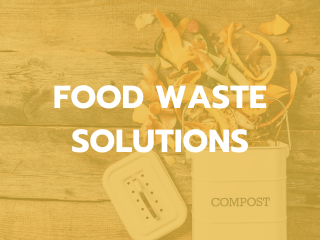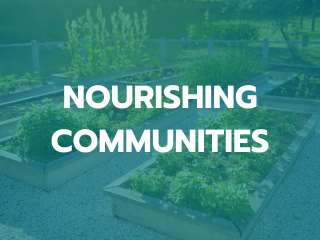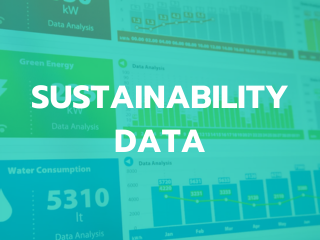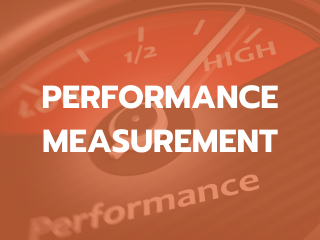Use this page to test different layouts and components to be used in the new food pages.
----------------------- FROM GREENHEALTH APPROVED SITE ---------------------
PRODUCT CATEGORIES
The Greenhealth Approved seal is currently applicable to products meeting Safer Chemicals criteria including:
Products that improve on the categories* listed are being evaluated for inclusion. As the program expands, other sustainability factors may be included and evaluated.
*For products that address a different sustainability issue or are not within one of the Greenhealth Approved categories, please complete the application. We will contact you to better understand your product(s).
Basic responsive two-column layout
Self-operated food service
The food and nutrition services director (or similar title) is managing the food service budget and operations and makes decisions within the budget and other parameters set by leadership. (Note that there may be divergent entities for patient and cafeteria). The executive chef is often an important decision-maker for menus and procurement. Purchasing will either be managed within the department or in cooperation with the procurement and supply chain department. Budgets and financial targets are most often set by the chief financial officer (or similar title), and for changes with budget implications, these positions are important allies.
Community benefit
Nonprofit hospitals are required to provide community benefit programs to maintain their tax-exempt status. To identify the community benefit lead at your facility, a good first step is to obtain your hospital’s community health needs assessment (CHNA), implementation strategy, or report. While some hospitals have an established community benefit department, it is fairly common for community benefit functions to be incorporated into other areas of the hospital. See our guidance for identifying your community benefit lead.
GREENHEALTH APPROVED AGREEMENTS
The Greenhealth Approved vetting agreement outlines the responsibilities of the parties, term and termination, consequent licensing agreement, pricing, obligations, limitations of liability, and confidentiality.
The Greenhealth Approved licensing agreement includes many of the terms in the vetting agreement and also defines use of the Greenhealth Approved seal and related criteria. The licensing agreement contains requirements around product modifications and disclosures of such.
GREENHEALTH APPROVED FEES
Revenue from Greenhealth Approved helps fund research and review of more products in the ongoing quest to eliminate chemicals of concern and other undesirable product qualities.
GREENHEALTH APPROVED VETTING PRICING
Greenhealth Approved charges a fee for vetting that covers the review process. The fee is based on the number of product formulations reviewed regardless of the number of product SKUs.
GREENHEALTH APPROVED LICENSING PRICING
The Greenhealth Approved seal is licensed for use on those products that have been approved through our vetting process. The fee for the license can be paid as either a percentage of sales or as an annual fee, both with a cap.
Requirements and guidelines for use of the Greenhealth Approved seal
ABOUT GREENHEALTH APPROVED
The Greenhealth Approved seal indicates a product has been reviewed against a set of sustainability attributes aligned with eligible product categories. The seal was developed to help health care providers make smart purchasing decisions that further sustainability goals. Choosing products that carry the seal reduces the research burden for health care staff who are dealing with competing priorities and requests.
Research, resources, and support from our affiliated organizations, Health Care Without Harm and Practice Greenhealth, make the case for prioritizing sustainable products.
WHY CHOOSE GREENHEALTH APPROVED PRODUCTS
Products carrying the Greenhealth Approved seal have been evaluated against sustainability criteria appropriate for the category. They also have been reviewed by providers at partner hospitals within the Practice Greenhealth and Greenhealth Exchange network to ensure the Greenhealth Approved seal is not only a product that meets sustainability criteria, but also functions in clinical settings.
The seal enables health care providers to purchase these products using their existing supply chain procurement strategies. Local contracting, GPO compliance, and use of distributors can still be prioritized while selecting and procuring Greenhealth Approved products.
THE GREENHEALTH APPROVED PROCESS
How we review products: Greenhealth Approved’s criteria was developed by Practice Greenhealth and Health Care Without Harm. Criteria vary by sustainability topic and product category, allowing for targeted vetting that focuses on relevant information, ingredients, or components for each product being reviewed.
What we review: The Greenhealth Approved vetting process includes collecting information that pertains to the criteria for the product category and sustainability issue each product addresses. That information is reviewed against our criteria. Products that meet those criteria are permitted to use the Greenhealth Approved seal.
ABOUT GREENHEALTH APPROVED
The Greenhealth Approved seal indicates a product has been reviewed against a set of sustainability attributes aligned with eligible product categories. The seal was developed to help health care providers make smart purchasing decisions that further sustainability goals. Choosing products that carry the seal reduces the research burden for health care staff who are dealing with competing priorities and requests.
Research, resources, and support from our affiliated organizations, Health Care Without Harm and Practice Greenhealth, make the case for prioritizing sustainable products.
WHY CHOOSE GREENHEALTH APPROVED PRODUCTS
Products carrying the Greenhealth Approved seal have been evaluated against sustainability criteria appropriate for the category. They also have been reviewed by providers at partner hospitals within the Practice Greenhealth and Greenhealth Exchange network to ensure the Greenhealth Approved seal is not only a product that meets sustainability criteria, but also functions in clinical settings.
The seal enables health care providers to purchase these products using their existing supply chain procurement strategies. Local contracting, GPO compliance, and use of distributors can still be prioritized while selecting and procuring Greenhealth Approved products.
THE GREENHEALTH APPROVED PROCESS
How we review products: Greenhealth Approved’s criteria was developed by Practice Greenhealth and Health Care Without Harm. Criteria vary by sustainability topic and product category, allowing for targeted vetting that focuses on relevant information, ingredients, or components for each product being reviewed.
What we review: The Greenhealth Approved vetting process includes collecting information that pertains to the criteria for the product category and sustainability issue each product addresses. That information is reviewed against our criteria. Products that meet those criteria are permitted to use the Greenhealth Approved seal.
More than 350 participating hospitals
#1 source of hospital sustainability data in the world
Nearly 6000 awards presented
-----------------

Develop their sustainability baseline, benchmark and compare performance

Identify key areas of opportunity

Earn recognition for their sustainability program
Health Care Without Harm and Practice Greenhealth present Climate Impact Checkup, a unique tool developed for any health care facility in the world to calculate and track its greenhouse gas (GHG) emissions.
“I first made the veggie korma for the Afghan refugees because I wanted something they could be comfortable eating, that came, like me, from Afghanistan, and was healthy with a lot of flavors in it.”
– Chef Shekeba Samadzada, UW Health
| FOOD AND BEVERAGE ENVIRONMENTS | ALL | SMALL | LARGE | TOP 25 | FOOD CIRCLE |
|---|---|---|---|---|---|
| Strategies utilized to market healthy local and sustainable food options: | |||||
| Communication of healthy local and sustainably produced foods through menu labeling | 50% | 45% | 55% | 76% | 90% |
| Pricing incentives on healthy local and sustainable food options | 30% | 32% | 27% | 24% | 60% |
| Placement of healthy local and sustainable food options | 59% | 56% | 60% | 88% | 80% |
| Sampling of healthy local and sustainable food options | 38% | 33% | 43% | 56% | 60% |
| Other promotions | 28% | 22% | 34% | 72% | 70% |
| We do not yet promote local and sustainable foods | 15% | 17% | 13% | 4% | 0% |
| Conducted a facility-wide education campaign that improves the visibility of local and sustainable food | 61% | 59% | 62% | 92% | 100% |
| Methods used to educate on healthier/sustainable food: | |||||
| Cafeteria signage | 69% | 65% | 73% | 88% | 100% |
| Internal newsletters | 44% | 43% | 45% | 92% | 80% |
| Featured events | 54% | 52% | 56% | 80% | 80% |
| Catering | 12% | 11% | 13% | 24% | 30% |
| Patient trays | 21% | 21% | 22% | 60% | 60% |
| Other | 19% | 16% | 22% | 40% | 60% |
| LEVEL | GOAL | MEASURE | CALCULATION DETAILS |
| Getting started | Reduce meat. | Total pounds of meat (not including seafood) purchased per year. | Measure from an existing baseline or a new baseline for those just getting started. |
| Intermediate | Reduce meat. | Total pounds of meat (not including seafood) broken down by categories. | Categories include pounds of beef, lamb pork, poultry purchased per year. |
| Advanced | Join the Cool Food Pledge and reduce your GHG impact from food purchasing by 25% by 2030. | Greenhouse gas emissions. | Track animal proteins including meat, dairy and seafood. Track plant proteins including legumes and pulses, nuts and seeds, grains and plant-based milk substitutes. |
